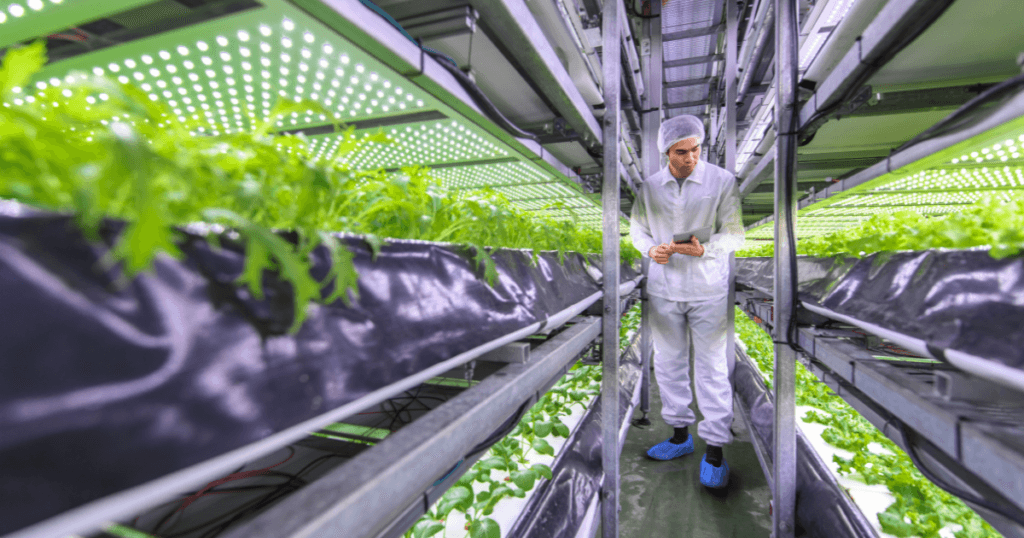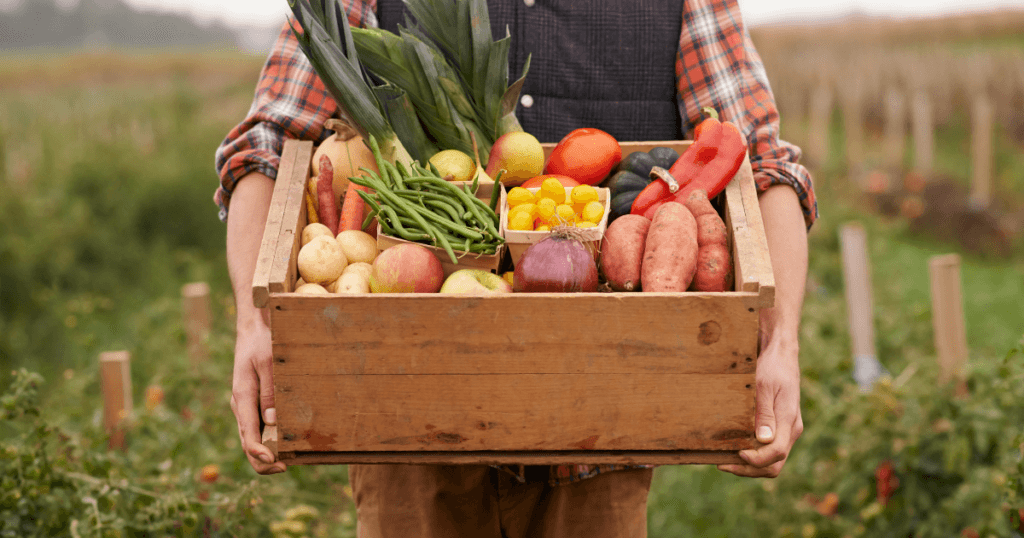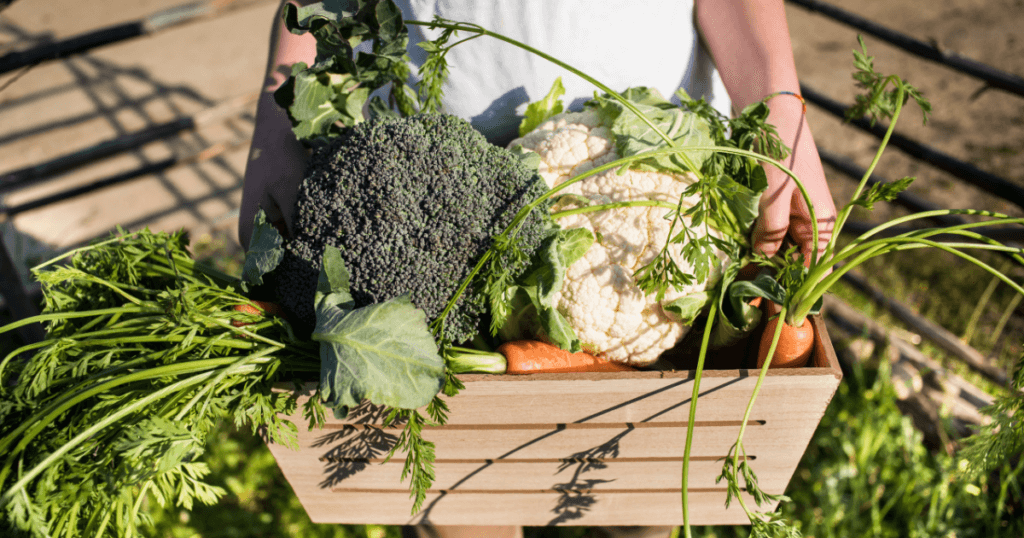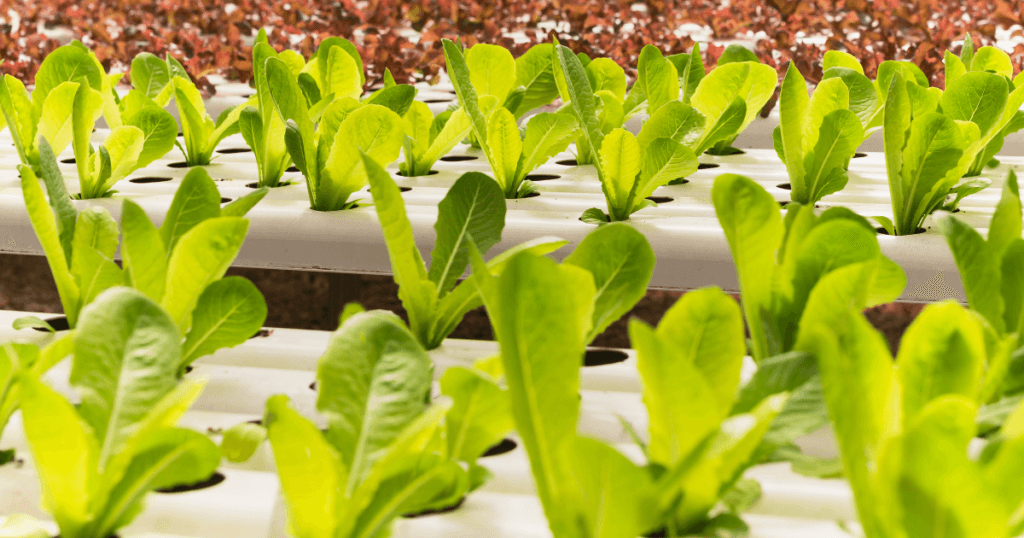Maximising Profits with High-Value Indoor Crops

Indoor farming has gained significant popularity recently due to its potential for high-value crop production. With the right selection of crops, cultivation techniques, and marketing strategies, indoor farmers can maximize their profits and tap into the growing demand for specialty crops. In this article, we will explore the world of high-value indoor crops and provide valuable insights on how to boost profitability in indoor farming.
Table of Contents
Understanding High-Value Indoor Crops
Defining High-Value Crops
High-value indoor crops refer to specialty crops that fetch premium prices in the market. These crops are often in high demand due to their unique qualities, scarcity, or niche market appeal. High-value indoor crops include exotic herbs, rare vegetables, medicinal plants, microgreensYoung, tender plants are harvested at an early stage of grow... More, and edible flowers.
Assessing Market Demand
Before diving into high-value indoor farming, assessing market demand for the crops you intend to grow is essential. Conduct thorough market research to identify trends, consumer preferences, and potential buyers. This step helps you align your crop selection with market needs, ensuring a higher chance of profitability.
Selecting Profitable High-Value Crops

Evaluating Profit Potential
When choosing high-value indoor crops, consider their profitability potential. Analyze factors such as production costs, market prices, yieldThe amount of crop or harvest produced from a given area or ... More per square foot, and cultivation time. Look for crops with low production costs, high market demand, and favourable profit margins.
Examples of Profitable High-Value Crops
- Saffron: Known as the world’s most expensive spice, saffron offers excellent profitability potential in indoor farming. It requires minimal space and can be cultivated year-round.
- Mushrooms: With gourmet varieties like oyster, shiitake, and morel, mushrooms present a lucrative opportunity for indoor farmers. They have a fast cultivation cycle and can yieldThe amount of crop or harvest produced from a given area or ... More high returns.
- MicrogreensYoung, tender plants are harvested at an early stage of grow... More: These tiny, nutrient-packed greens are a hit in high-end restaurants and health-conscious markets. With quick growth and high demand, microgreensYoung, tender plants are harvested at an early stage of grow... More offer a promising revenue stream.
Understanding Cultivation Techniques
Successful indoor farming relies on mastering the cultivation techniques specific to each high-value crop. Factors like lighting, temperature, humidity, nutrient management, and pest control are crucial in achieving optimal yields—research and experiment with different cultivation methods to find the best approach for each crop.
Implementing Marketing Strategies
Building a Brand Identity
Building a strong brand identity is crucial to maximizing profits with high-value indoor crops. Develop a unique selling proposition (USP) that sets your crops apart from competitors. Highlight your produce’s quality, sustainability, and unique characteristics to attract customers who appreciate premium offerings.
Targeting Niche Markets
Identify niche markets that align with the qualities of your high-value indoor crops. Examples include gourmet restaurants, specialty grocery stores, farmers’ markets, and online platforms catering to health-conscious consumers. You can establish a loyal customer base by targeting specific customer segments and commanding higher prices.
Online Presence and Direct Sales
In the digital age, establishing an online presence is vital for reaching a wider audience. Create a visually appealing website, engage in social media marketing, and explore e-commerce platforms to sell your high-value crops directly to consumers. Direct sales cut out intermediaries, allowing you to capture a larger portion of the profits.
Conclusion
Maximizing profits with high-value indoor crops requires careful crop selection, thorough market research, cultivation expertise, and effective marketing strategies. By aligning your crop selection with market demand, optimizing cultivation techniques, and targeting niche markets, you can tap into the potential of indoor farming and achieve higher profitability. Remember to continually monitor market trends, adapt to consumer preferences, and innovate your offerings to stay ahead in the competitive high-value crop market.
In summary, the key steps to maximizing profits with high-value indoor crops are:
- Understand the concept of high-value indoor crops and their market demand.
- Select profitable high-value crops based on profit potential and market trends.
- Master the cultivation techniques specific to each crop, optimizing factors like lighting, temperature, and nutrient management.
- Build a strong brand identity to differentiate your crops and highlight their unique qualities.
- Target niche markets that appreciate and are willing to pay a premium for specialty crops.
- Establish an online presence and explore direct sales channels to reach a broader customer base.
By following these steps and continually refining your strategies, you can unlock the full potential of high-value indoor crops and maximize your profits in the indoor farming industry.
High-Value Indoor Crops FAQ
Interesting Articles on High-Yield Indoor Crops
- https://sports.yahoo.com/6-most-high-yielding-fruits-134500139.html?guccounter=1&guce_referrer=aHR0cHM6Ly93d3cuZ29vZ2xlLmNvbS8&guce_referrer_sig=AQAAAK0RO66k9WnDP2ZV7TQ0Jpa7EsNkSN3sWKonLrCp9tZc8JtSw4GQihezh-fw-e2gW0iJyoxngc_ofeYaOB5xqzcjM95SwNQci-JMn_KD9rTrBbmFjehw_kfj9hZf8Aaig4zj7uDvgyXwI9AdPuSmHC6bctCutDvlzPXGQtXSKDpe
This article looks at the 6 most high-yielding fruits. - https://www.agrifarming.in/high-yield-vegetable-crops-for-maximum-profits
An article on high-yield vegetable crops - https://www.gardeners.com/how-to-folder/garden-planner/preplanned-gardens/high-yield
- https://thislovelylittlefarmhouse.com/high-yield-crops/



